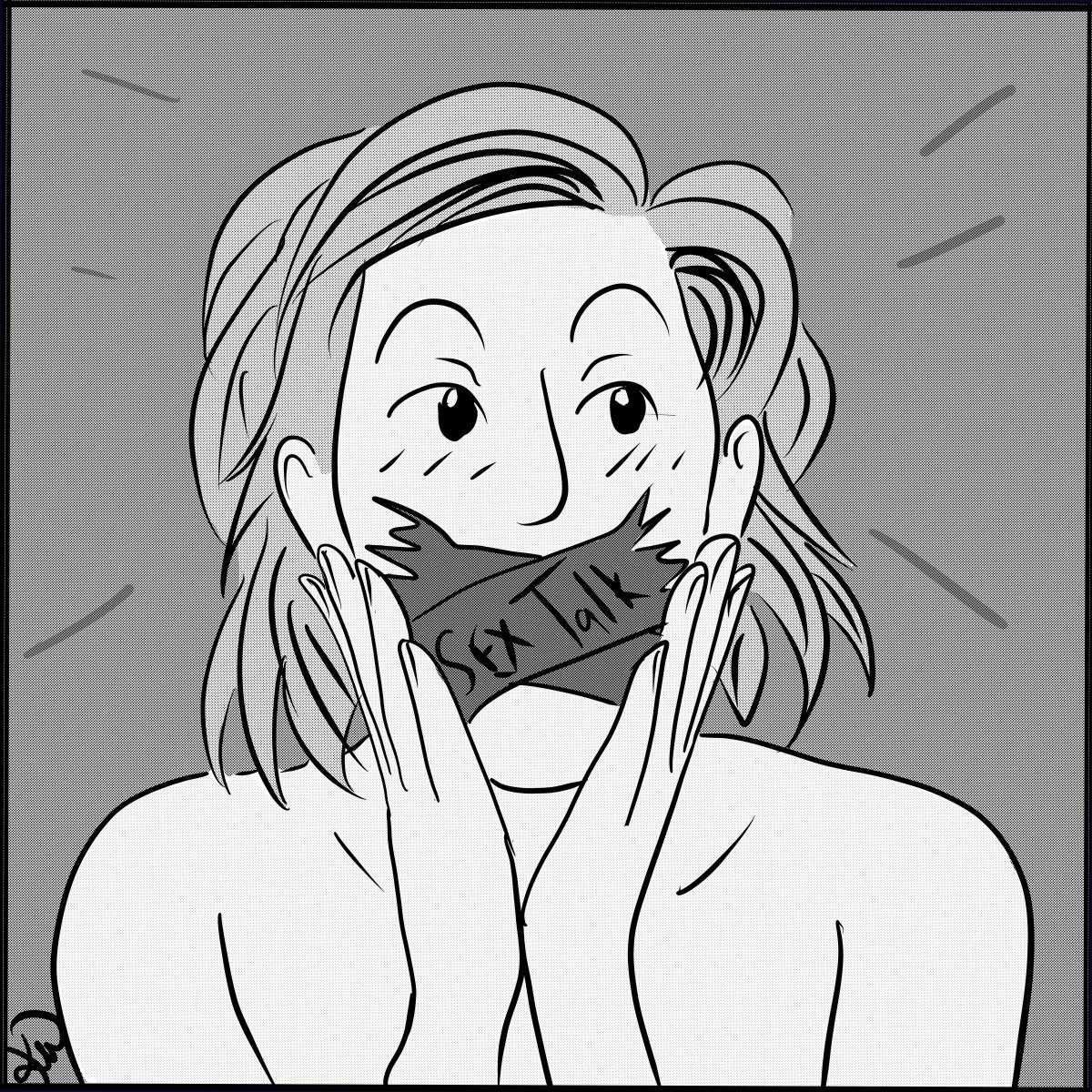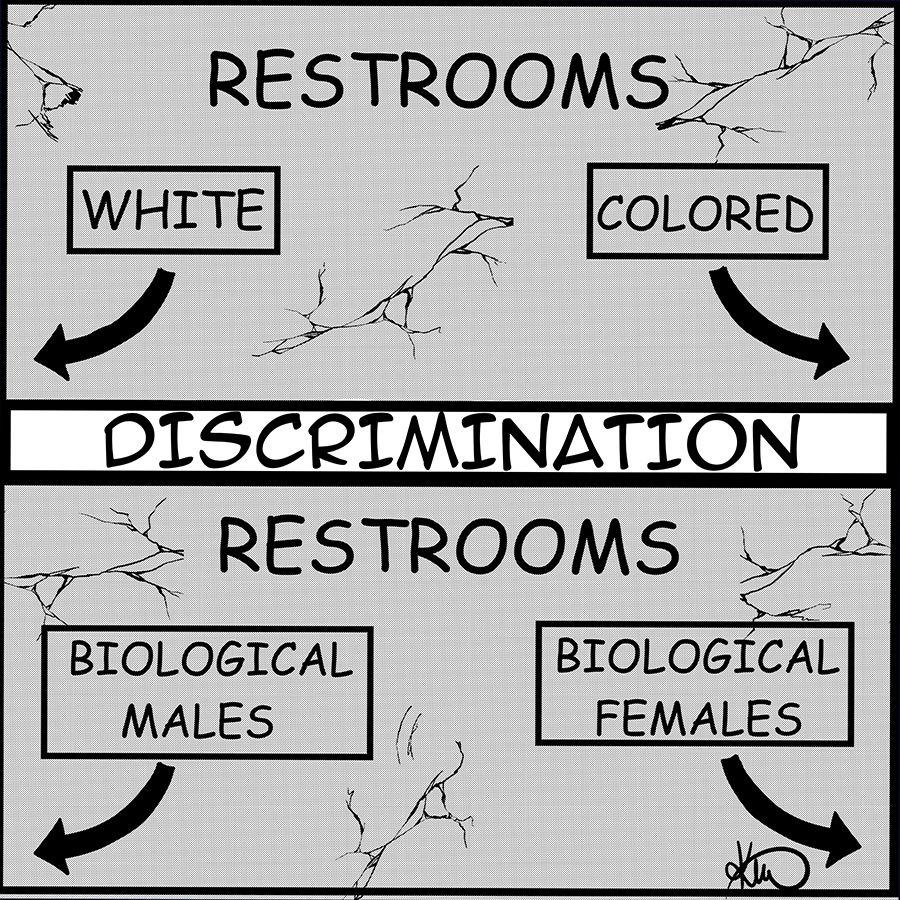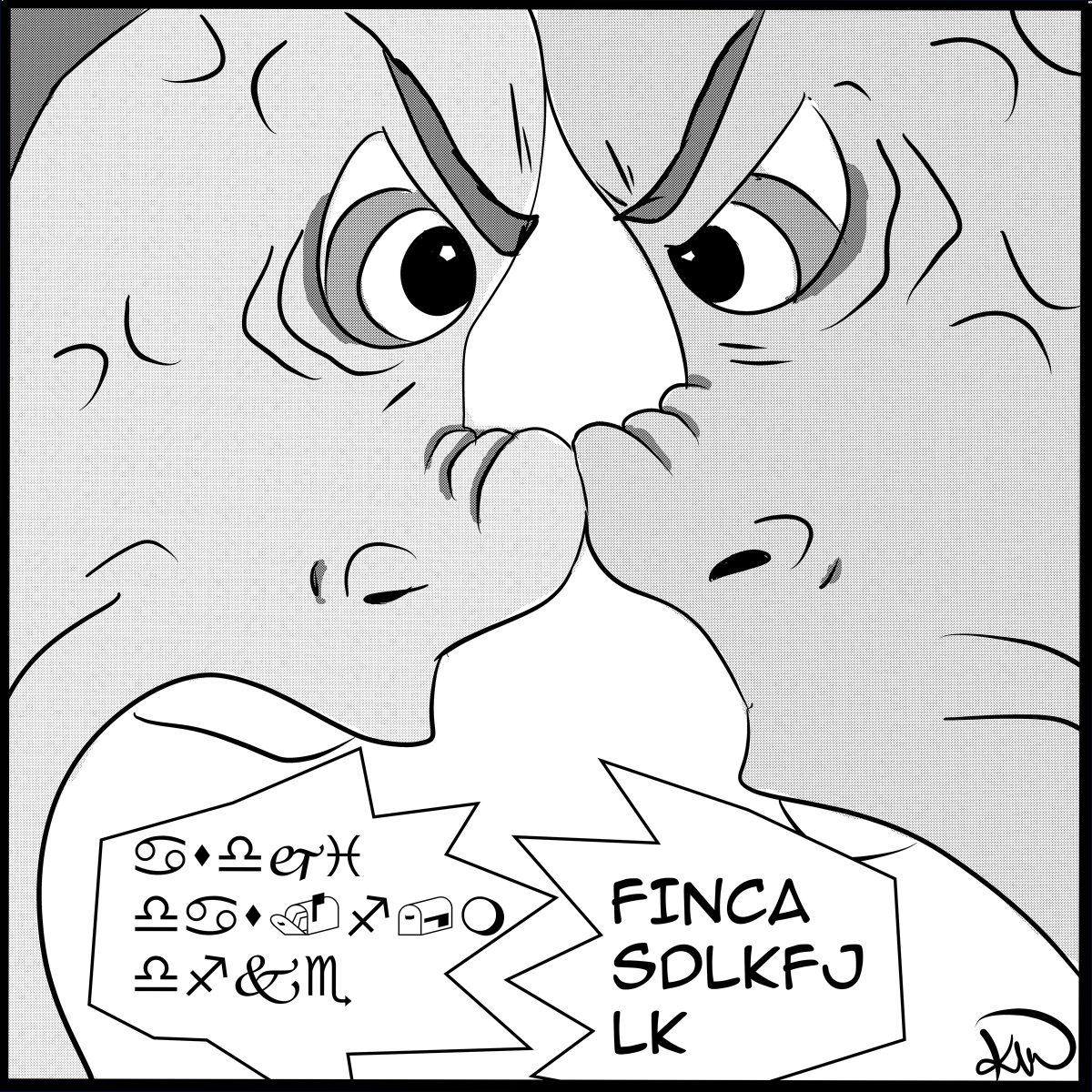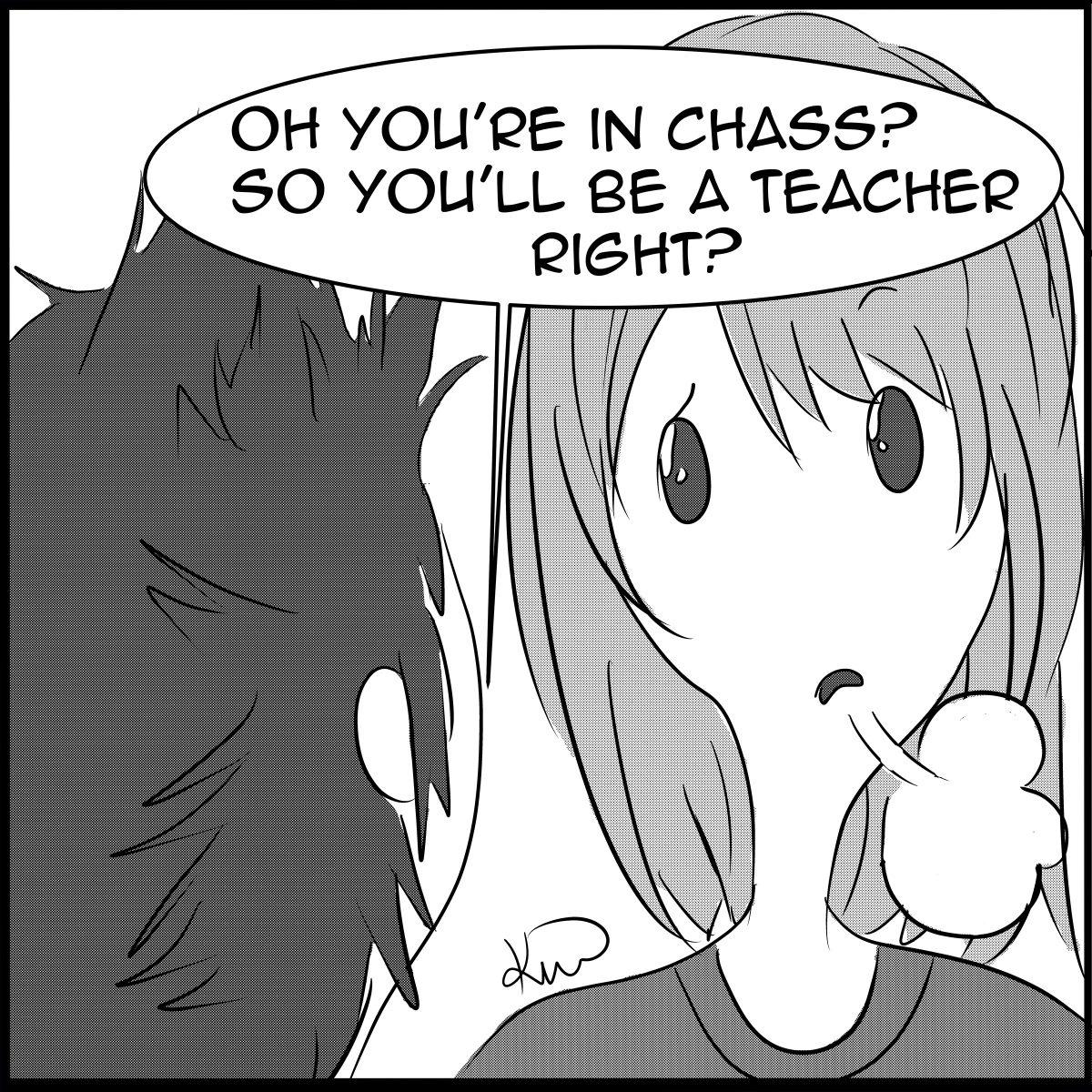A little message written on the side of your Tiramisu Frappuccino or Cool Lime Refresher has gotten Starbucks into a lot of trouble recently. And no, the company isn’t under fire for misspelling your name again.
If you’re an avid coffee drinker of Starbucks, you may have seen the phrase “Race Together” written on the side of your cup, but you wouldn’t have seen it for very long. The campaign ended almost as quickly as it started after only a week.
The goal of Race Together, according to CEO and Chairman Howard Schultz, was to “stimulate conversation, empathy and compassion toward one another, and then to broaden that dialogue beyond just our Starbucks family to the greater American public by using our scale for good.”
According to its website, Starbucks takes great pride in its “ethical sourcing” and efforts to improve communities globally and domestically. Its website has an entire section dedicated to its community efforts. The page includes “Starbucks College Achievement Plan,” “Create Jobs for the USA” and information about “Farming Communities.” The company certainly paints a pretty picture for consumers about their philanthropic initiatives. How factual these efforts are, however, is a story within itself.
The public backlash against Starbucks’ campaign was expressed on Twitter as many of its users openly expressed their contempt for “Race Together.”
Cory duBrowa, Starbucks’ senior vice president of global communications, deleted his Twitter account—only fueling more criticism from Twitter users.
So, why the big fuss? The answer may be found in a “Saturday Night Live” sketch that aired this past Saturday, which mocked the company’s campaign.
In the sketch, Pep Boys praises Starbucks for its initiative in the “Race Together” campaign and state that it inspired them to start a campaign, #genderflect, to discuss and bring awareness to complex topics such as gender and sexual identity.
The sketch, as comedic as it may be, may help depict what is wrong with the “Race Together” campaign.
In a video on the company’s website, Schultz states, “there were some people who said, ‘Howard, this is not a subject we should touch. This is not for you. This is not for our company. This is for someone else.’ I reject that. I reject that completely, because we can’t leave this for someone else.”
Schultz should have taken the advice of his friend.
Starbucks is not what comes to mind when one thinks about race relations in this country. At a time when these issues are often at the forefront of American politics, it seems inappropriate for Starbucks to place the task of resolving issues surrounding race, racial identity and racism on its baristas.
Schultz explains that baristas are not required to write “Race Together” on the cups, and if a customer does not approve, then they are to be given a new beverage or a new cup. He states, “And if a customer asks you what this is, try and engage in a discussion that we have problems in this country with regard to race and racial inequality.”
As if baristas aren’t busy enough churning out lattes and secret menu items already, how equipped are they to thoroughly discuss events such as the shooting of Mike Brown or Raven Symone’s statement that she is not African-American?
One Twitter user stated, “Not sure what @Starbucks was thinking. I don’t have time to explain 400 years of oppression to you & still make my train #RaceTogether.”
It is worth noting that Starbucks may have had good intentions in its “Race Together” campaign. How successful they were at accomplishing their goal of fostering an environment of “empathy” and “compassion,” no one may ever know.
In the future, Starbucks should be prepared for the backlash that they may receive from the community. They should also focus on preparing baristas for the types of discussion that may result from writing two words on the side of customer’s cups.
Or perhaps, Starbucks should focus on making coffee for now.











